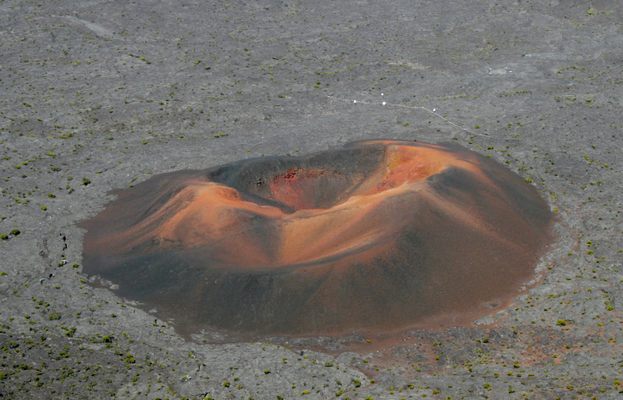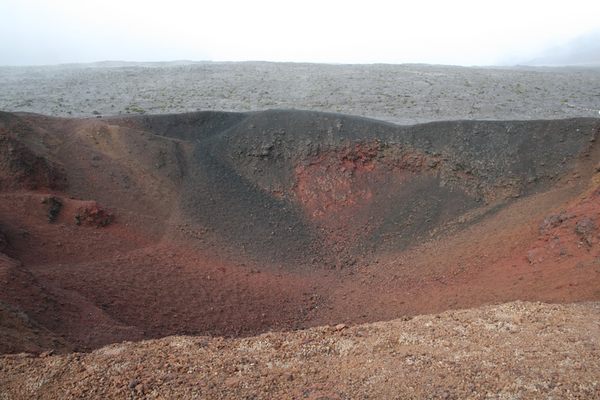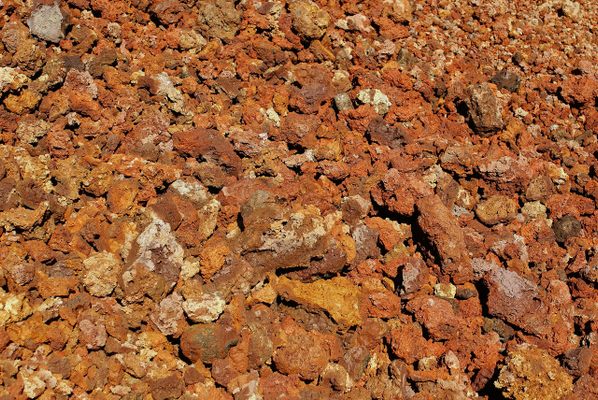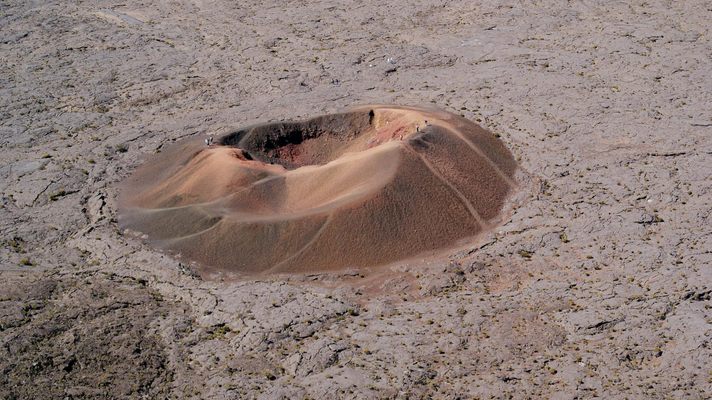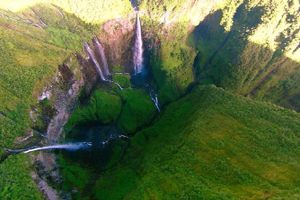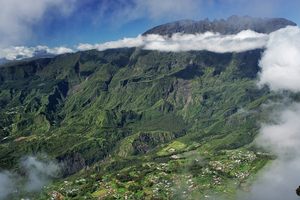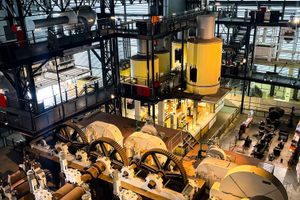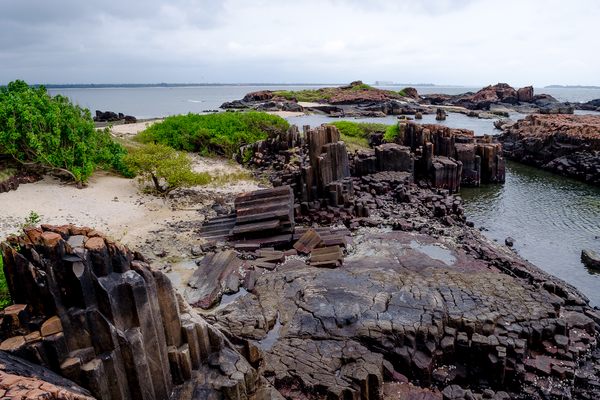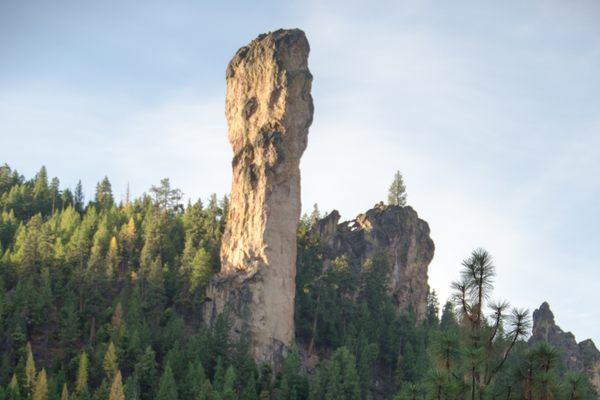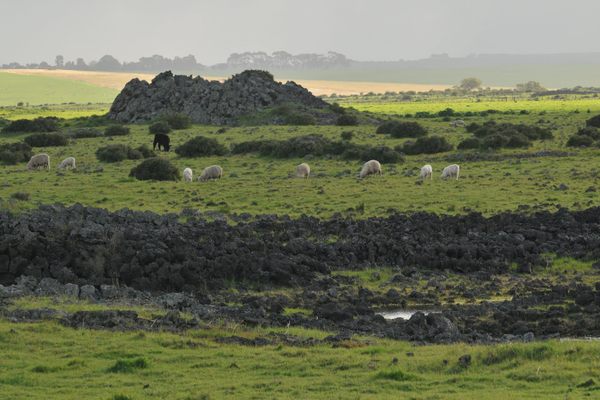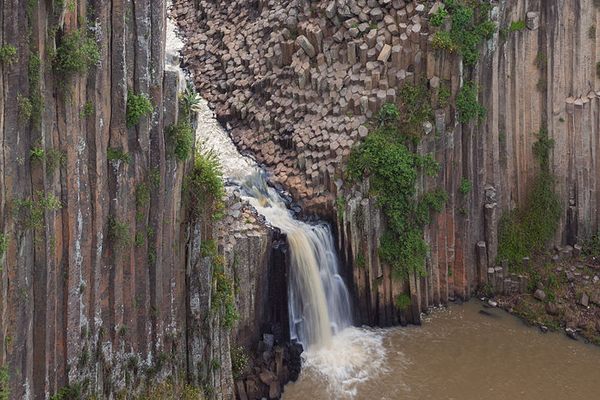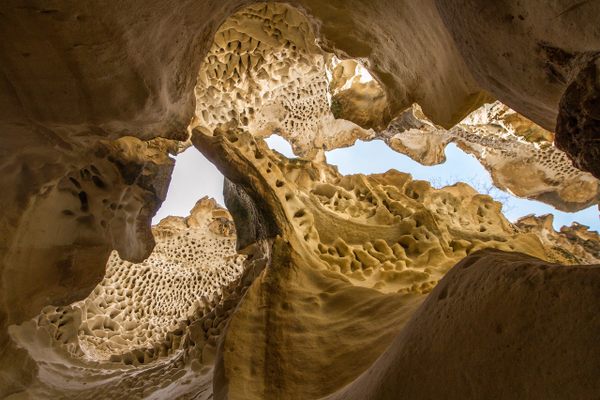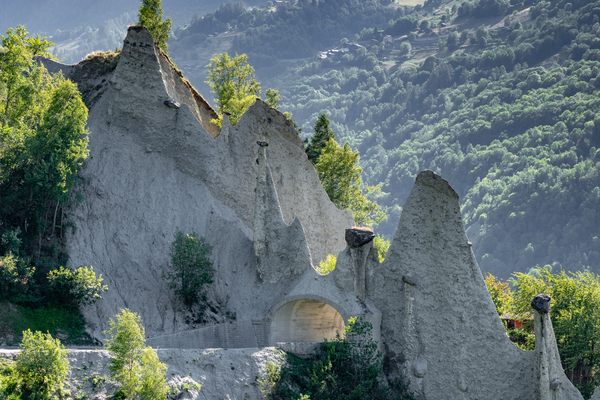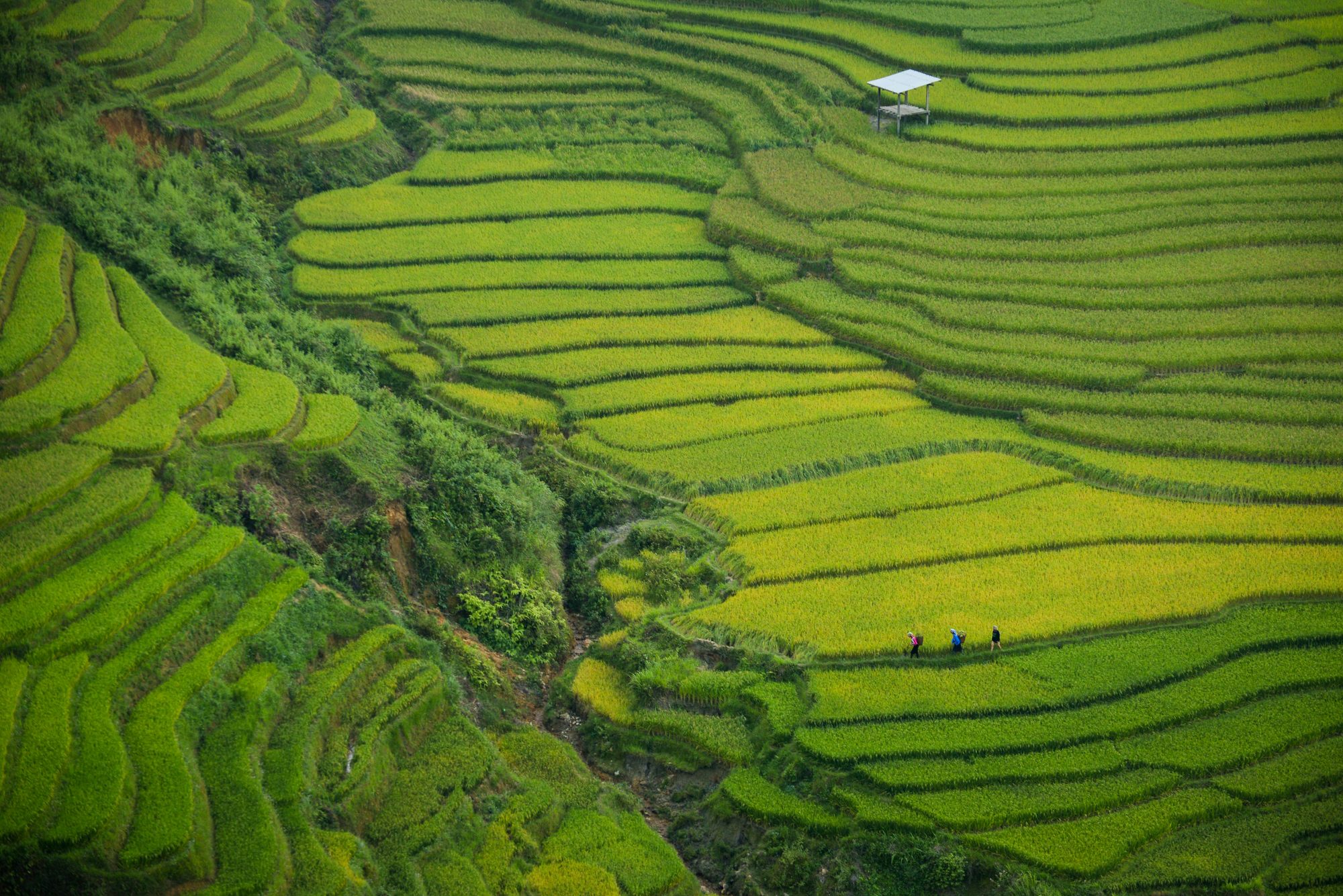About
In the middle of the basalt plain surrounding one of the most active volcanoes in the world, the Piton de la Fournaise (literally "peak of the furnace"), there is an exceptional rocky formation. The Formica Léo is made out of millions of small basalt pebbles of different tints, from glossy black to rocky red. Its color tends to change as the pebbles shift under the strong winds or the visitor's feet.
Formica Léo was named for its appearance, which is similar to an antlion's sand pit trap. The geological formation is made up of two overlapping craters: the crater to the southeast is larger and deeper, measuring 40 meters (131) in diameter and 15 meters (50 feet) deep, while the northwest crater is smaller and shallower at 22 meters (72 feet) in diameter and five meters (16 feet) deep.
The earliest records of Formica Léo dates back to the 18th century. According to one report, a bounty hunter in Réunion claimed to have directly witnessed its formation during an eruption of Piton de la Fournaise in the 1750s. The first person known to have approached the crater was Joseph Hubert, who gave the structure its insect-inspired name during a crossing of the Enclos Fouqué caldera in 1768. Several decades later, in 1801, French naturalist Jean-Baptiste Bory de Saint-Vincent wrote the first general scientific description of the Piton de la Fournaise after climbing to the top of the volcano.
It is still not certain how it was formed, even though the numerous volcanologists of the island have a lot of theories.
Related Tags
Know Before You Go
The Formica Leo is on the way to the volcano on the hike from the Pas de Bellecombe. It's hard to miss, really.
Community Contributors
Added By
Published
August 18, 2022
